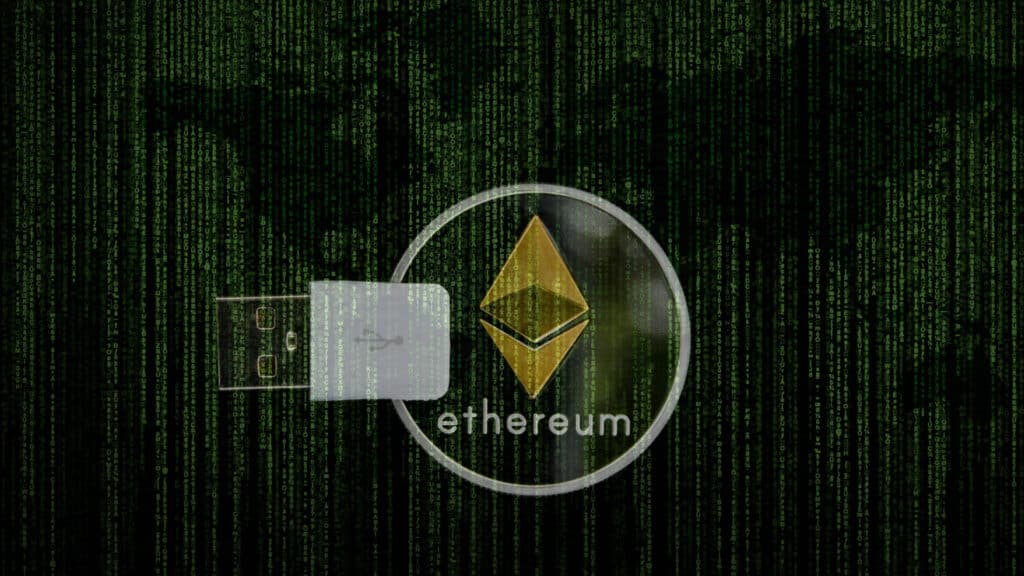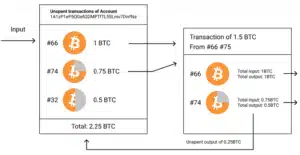Understanding Gas, Gwei, and Governance: The Ethereum Matrix

Blockchain technology revolutionized the digital landscape, and Ethereum stands as a prominent figure in this domain. Ethereum operates through a decentralized platform that uses smart contracts to facilitate secure transactions. However, within this ecosystem, certain key elements—gas, Gwei, and governance—play vital roles that significantly impact operations, especially when integrating Ethereum into Modern E-commerce.
Table of Contents
Gas in Ethereum
What is gas and why is it essential?
In the Ethereum network, gas serves as the fuel that powers every transaction and smart contract execution. Essentially, it measures the computational effort required to execute operations. This concept of ‘gas’ prevents inefficiencies and secures the network from resource-hungry programs.
The role of gas in transaction processing
Gas determines the cost of deploying a smart contract or executing a transaction. Each operation on the Ethereum blockchain consumes a specific amount of gas, and the more complex the operation, the more gas it requires. Miners use gas as a unit to price their work in verifying and executing transactions.
Gas limits and gas prices
Ethereum introduces a gas limit for blocks, dictating the maximum computational work allowed. Users need to specify gas limits when conducting transactions. Gas prices, on the other hand, fluctuate according to demand and network congestion. High demand leads to higher gas prices.
How gas affects the scalability and performance of Ethereum
The limitations of the Ethereum network, especially in scalability, have been accentuated by the constraints of gas. High gas prices and limited block space lead to congestion, hindering scalability and impacting transaction speeds.
Gwei: The Unit of Gas Price
What is Gwei, and how does it relate to gas?
Gwei is the smallest denomination of Ethereum’s cryptocurrency, Ether. It is used to price gas in transactions. One Ether is equivalent to 1,000,000,000 Gwei. Gwei sets the transaction fee, indicating the amount of Ether paid for each unit of gas.
Calculating gas fees in Gwei
Calculating gas fees requires multiplying the gas limit by the gas price in Gwei. This determines the total transaction fee. Users often face dilemmas in setting gas prices: too low may result in slow transaction processing, while excessively high prices increase costs.
The impact of Gwei on transaction costs and confirmation times
Gwei directly influences the cost of transactions and the time they take to confirm. A higher Gwei price ensures faster processing, but at an increased cost. Users must strike a balance between cost and confirmation time when setting Gwei prices.
Recent trends in Gwei prices and their implications
Recent trends in Gwei prices have been influenced by network congestion, market demand, and the activities of decentralized applications (dApps). High Gwei prices often deter small or frequent transactions due to their increased cost.
Ethereum Governance
Overview of Ethereum’s governance model
Ethereum’s governance involves key stakeholders making decisions regarding the network’s future developments, changes, and upgrades. It operates under a consensus mechanism that considers the input of various community members.
Key stakeholders in E thereum’s governance
Stakeholders include developers, miners, investors, and users. Each group holds different weights in decision-making processes. Proposals for changes are discussed within the community and implemented through Ethereum Improvement Proposals (EIPs).
The Ethereum Improvement Proposal (EIP) process
EIPs are the formal means through which changes to the Ethereum network are proposed, discussed, and adopted. These proposals undergo stages such as Draft, Last Call, Accepted, and Final. Some EIPs propose changes related to gas optimization and fee reduction.
Recent examples of governance decisions and their impact on the network
Recent governance decisions, like the London hard fork introducing EIP-1559, aimed to address gas-related issues by altering the fee structure. This upgrade helped in controlling fees and burning a portion of the base fees.
The Gas and Gwei Ecosystem
DeFi and gas: How gas and Gwei affect decentralized finance
DeFi applications heavily rely on Ethereum, leading to increased gas prices due to their complex operations. This has prompted discussions on developing layer-two scaling solutions to alleviate these issues.
NFTs and gas fees: The impact on the non-fungible token market
NFTs have also contributed to the congestion on the Ethereum network. High gas fees make minting, buying, and selling NFTs costly, raising concerns about accessibility and affordability in this burgeoning market.
Gas optimization techniques for smart contract developers
Developers continuously seek ways to optimize gas usage, such as writing more efficient code, using gas-efficient data structures, and leveraging layer-two solutions like sidechains and rollups.
Ethereum 2.0 and its potential to address gas and Gwei issues
Ethereum 2.0, a highly anticipated upgrade, aims to introduce a new consensus mechanism and scalability solutions. This upgrade may significantly alleviate gas and Gwei-related challenges by increasing transaction throughput.
Challenges and Controversies
Common challenges faced by users due to high gas fees
High gas fees have created barriers for small-scale users, hindering their ability to participate in the network. It also impacts dApp adoption, limiting the potential user base.
Controversies surrounding gas manipulation and miner behavior
Some controversies arise due to potential miner manipulation in setting gas prices, leading to network inefficiencies. Such behaviors and strategies can impact the equitable use of the network.
Solutions and proposals to address gas and Gwei-related issues
Proposed solutions include further upgrades like Ethereum 2.0, layer-two solutions, and ongoing research on improving gas efficiency. Additionally, community-driven efforts seek to find consensus-based solutions to alleviate these challenges.
Conclusion
At the core of Ethereum’s functionality lies the intricate interplay between gas, Gwei, and governance, serving as the foundational matrix for its operations. Grasping the dynamics of these elements holds significant importance for users, developers, and stakeholders alike, shaping their involvement within the Ethereum ecosystem. The evolution of Ethereum hinges on effectively tackling the challenges posed by these components, ultimately determining the trajectory of the network within the expansive technological landscape. In this pursuit, some Ethereum sites emerge as an invaluable asset, serving as a pivotal resource for individuals navigating the complexities inherent in these essential facets of the Ethereum network.






